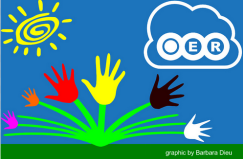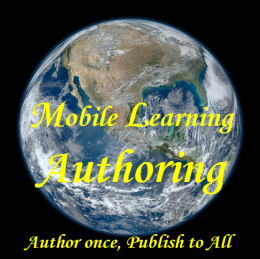The interest about badges in education area is on recently, but it’s actually an old old trick although a new term “gamification of education” was created. Everyone had ever received stickers from elementary school teachers. That’s the very basic concept of it. Boy/girl scouts knew badges. Military soldiers knew badges. Video gamers knew badges.
Instead of punishing failure, schools should be a place encouraging exploration and experimentation on a learning topic, badges can have positive influence. Gene Koo, the executive director of serious game “iCivics”, shared the data on how adding badge rewards into the game raise engagement of players:
Just look at the simplest metric, average time on site, and how it leaped after we added badges, points, and other gamification elements:
Last month (February 2012), average time-on-site was 7:20 as compared with 5:40 in February 2011. That’s a 29% increase in time spent interacting with our games and other resources!
According to a report on SGEntrepreneurs.com, some 16 Singapore schools are now participating in a program called FutureSchools@Singapore – that uses technology to let students direct their own learning paths. A gaming company Rockmoon has created an application called Trail Shuttle, it is a DIY interactive mobile learning trail product that allows users to create and publish their learning trails onto mobile devices. Trail Shuttle comprises a web-based toolkit for trail creation, a Trail Shuttle mobile app for exploring the learning trails, and a TS Monitor app for monitoring the trail participants’ progress. Not only does this approach give students voices and choices on what, when, how and whom to learn from, it also provide excellent opportunities for the development of 21st century competencies such as information and communication skills and critical and inventive thinking. The follow details are from springwise’s post. More information about the learning trail design toolkit(LTDT) is available from the press announced by Ministry of Education Singapore.
Three components, in turn, are involved to make that goal possible: a Web-based toolkit for creating learning programs as well as a mobile app that allows students to explore and experience those programs and a monitoring app that lets teachers track students’ progress. Included in the mobile app for students are an augmented reality way-finder and code scanner; quizzes to test the student’s learning; chat capabilities; and the ability to check in at “hotspots” and complete specific tasks, . Trail Shuttle’s Web-based toolkit works on the Chrome and Firefox 6 browsers, while its free exploration and monitoring app runs on iOS 4.3 or later.
Don’t you love the idea about learners in charge of their own learning? It seems the Singaporean education system is embracing the digital gamification wave in education. This one inspires us an innovative way to gamify learning and facilitate learner-centered journey beyond traditional thinking. Digital learning should be personalized learning!
To review the trend of digital badges in education, “Badges Will Be Big” by Tom Vander Ark was originally published on Getting Smart, he gave good remarks on this topic. The article(as below) is a guest blog post with the kind permission from GettingSmart.
*****
 Earlier this month there was a flurry about badges. “Who needs a university anymore?” asked David Wiley, a Brigham Young University professor and open education resource (OER) advocate in a NYTime piece. The article noted free courses at Stanford and MIT where “the courses will be free, but the testing—and the credential—will have a price tag.”
Earlier this month there was a flurry about badges. “Who needs a university anymore?” asked David Wiley, a Brigham Young University professor and open education resource (OER) advocate in a NYTime piece. The article noted free courses at Stanford and MIT where “the courses will be free, but the testing—and the credential—will have a price tag.”
I’m bullish about badges and job certification like Jobs for the Future Credentials that Work and just-in-time job training like the online program just launched by GeneralAssemb.ly. But I think they’ll be even bigger in K-12.
Audrey Watters reviewed the Badges for Lifelong Learning awards at DML12 earlier this month—a MacArthur funded celebration of informal learning. Henry Jenkins voice some skepticism about badgemania and I guess I agree about the anyone-can-earn-a- badge-from-anyone-for-anything explosion of badges.
I get the Christensen’s non-consumption thesis and starting in the informal space, but my interest in badges remains in the heart of K-12 education and the Common Core State Standards.
We need a great Common Core-aligned merit badge system that motivates and recognizes achievement. It should be free and open. Badges should be awarded based on multiple forms of assessment. Badges should be linked to multiple forms of instruction.
I’ve argued that while there are 10 elements of emerging learning ecosystems, achievement recognition systems (badges and other data visualization strategies) and recommendation engines will be the two critical components that will anchor the ecosystems.
Here’s my point—folks are treating badges as peripheral and I think they (and related achievement recognition systems) will be core to the shift to student-centered and competency-based learning. Specifically,
- they will personalize learning by guide choices on what to learn, how to learn, and how to demonstrate learning
- they will motivate accelerated learning by recognizing achievement
- they will simplify the management of competency-based environments
Badges will be big.










Your thoughts?